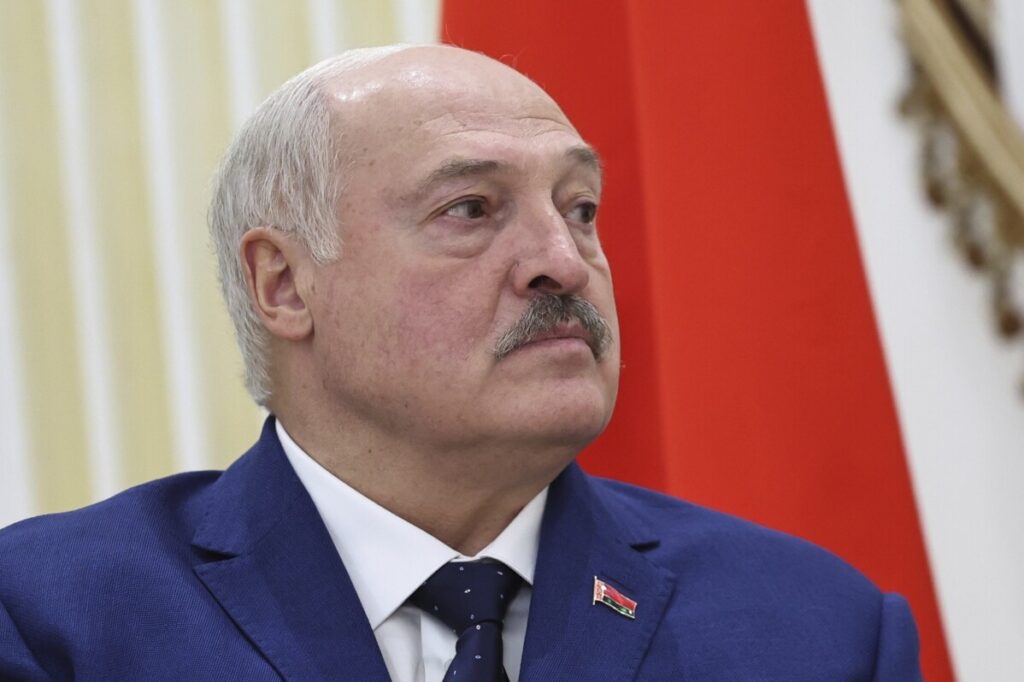Russia-Belarus War Games Signal Grave Threats to European Stability and America’s Security
As Russia and Belarus launch their Zapad 2025 military exercises, history warns us these maneuvers are more than drills—they’re rehearsals for aggression that threaten American national security and our European allies.

Once again, Russia and Belarus have kicked off the Zapad military exercises—war games that should send a clear warning to Washington and our NATO partners. In September 2022, these very drills foreshadowed Russia’s full-scale invasion of Ukraine. Now, with Zapad 2025 underway near key NATO borders, the same alarming pattern is emerging.
The exercises involve thousands of troops simulating defense against hypothetical attacks, including airstrikes and sabotage. But make no mistake: this is a show of force designed to intimidate neighboring countries like Poland, Lithuania, and Latvia, whose sovereignty stands directly in the crosshairs. The use of Belarus as a staging ground for Russian aggression against Ukraine remains an unsettling reality that threatens regional—and by extension, American—security.
Why Should America Care About Zapad 2025?
While these war games unfold thousands of miles away from U.S. soil, their implications could not be more immediate or severe for America’s interests abroad. The close military coordination between Moscow and Minsk reinforces the Kremlin’s grip on Eastern Europe. It undermines efforts toward peace in Ukraine—the front line of resisting Russian imperialism—and dangerously escalates tensions along NATO’s eastern flank.
The recent incursions of Russian drones into Polish territory demonstrate an unsettling disregard for international borders and norms—even risking direct conflict with NATO members under America’s defense umbrella. How long will Washington allow these provocations before taking decisive action?
The Cold Calculus Behind Lukashenko’s Posturing
Belarusian strongman Alexander Lukashenko tries to mask his country’s role as Moscow’s ally with talk of rapprochement toward the West. Yet behind closed doors, Belarus hosts Russian tactical nuclear weapons and allows its soil to be used as a springboard for aggression—a direct challenge to European security architecture that the United States helped build post-World War II.
This duality exposes Lukashenko as part of a broader Kremlin strategy: maintain the façade of diplomacy while expanding military capabilities threatening NATO borders. Their treaty ensuring mutual nuclear security only deepens this threat by extending Russia’s nuclear umbrella over Belarus—an alarming development that demands continued U.S. vigilance.
The Zapad drills may be smaller in scale than previous years due to Russia’s troop strains in Ukraine but practicing nuclear command-and-control scenarios signals serious intentions far beyond mere training exercises.
For hardworking Americans concerned about freedom, sovereignty, and peace abroad: these events underscore why robust support for strong border defenses, wise alliances, and unwavering resistance to globalist appeasement policies remains essential. Our nation must hold Moscow accountable while backing Kyiv’s fight for independence.
The stakes are clear: letting authoritarian ambition go unchecked today risks costly wars tomorrow right at NATO’s doorstep—and potentially beyond.
